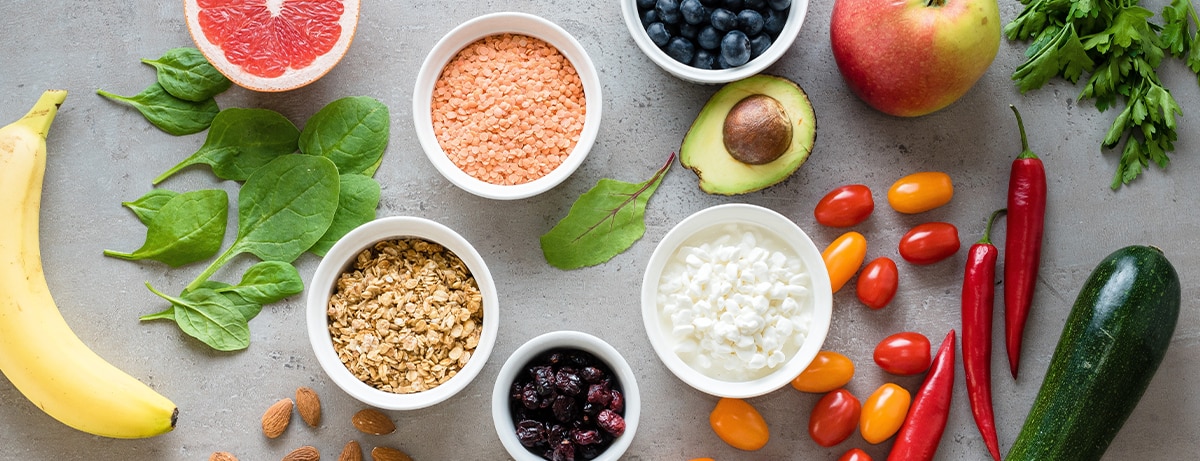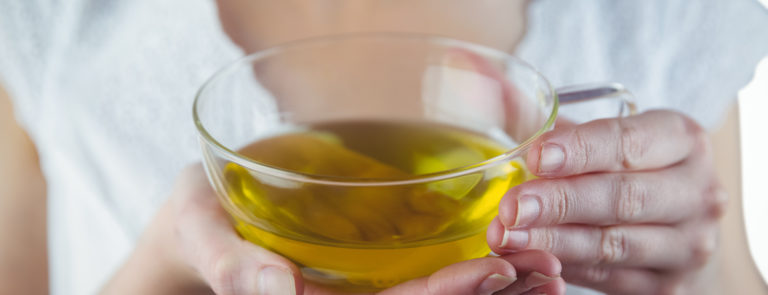15% off €35 or 20% off €45
How to clean bulk

Summary
1What is clean bulking?
Bulking, usually combined with cutting, is an approach that bodybuilders and gym-goers use for muscle building.
2 What are the benefits of clean bulking?
While it’s generally agreed that eating more calories helps lead to weight gain, there can be some unhealthy side effects to carrying more weight.
3How to clean bulk
A healthy diet for building muscle is key, and if you think clean bulking might be right for you, the first step is to work out how many excess...
Whether you’ve been exercising for years or are just starting out, achieving your fitness goals can be a minefield. From fad diets and fitness boosters to workout routines and lifestyle changes, it’s not always easy to know which approach to take for your individual needs.
This can be especially true for those who want to increase muscle mass or ‘bulk up.’ From different bulking methods to the wide range of supplements available, it can be tricky to find the right approach to make those gains.
Clean bulking is often regarded as one of the best ways to gain muscle1. If you’re wondering whether this approach is right for you, we’ve put together everything you need to know below.
What is clean bulking?
Bulking, usually combined with cutting, is an approach that bodybuilders and gym-goers use for muscle building. It’s by no means the only way to bulk up, but it has become increasingly common in recent years2.
The bulking period usually involves eating a surplus of calories to gain weight. When combined with exercise and weight training, this approach typically helps build muscle (and fat). When the bulking period is over, you would then move into a ‘cutting’ phase to lose the excess weight3.
For some, bulking involves eating any type of food (including junk food). This is usually called a ‘dirty bulk.4’ On the other hand, many choose to follow a clean bulking approach. This involves eating a tightly controlled calorie surplus and sticking to healthy or unprocessed food5.

What are the benefits of clean bulking?
How to clean bulk
A healthy diet for building muscle is key, and if you think clean bulking might be right for you, the first step is to work out how many excess calories you want to consume.
It’s also a good idea to calculate your protein, carb, and fat intake to meet your goals. Some studies suggest that a 10-20% calorie surplus is enough to start building muscle. However, it’s worth doing your own research to determine what’s right for you11.
Next up, it’s time to start planning your menu. In general, clean bulking involves eating whole, unprocessed, and nutritious food. Healthy foods to build muscle include:

- Lean meats
- Healthy fats
- High-quality carbs
- Legumes
- Fruit
- Vegetables
- Dairy products12
Choosing nutritious, high-calorie foods is a good starting point. Foods like dairy, oats and avocados are great for including in a higher-calorie yet healthy diet.
When choosing a diet for building muscle through clean bulking, many people choose to moderate or avoid foods like fatty meats, processed food, sugary drinks, saturated fats and alcohol.13
Handpicked content: 7-day vegan/vegetarian meal plan for weight gain
When clean bulking, many people choose to complement their diets with protein powders or other supplements too. This can be a helpful way to get additional nutrients in an easy-to-consume way. Muscle-building supplements like bulking powders are popular amongst those who body build, as they are thought to help people ‘bulk’ up their lean muscle mass.
You’ll also want to make sure you stick to a consistent workout plan too, focusing on compound exercises that allow your muscles to grow. Looking for an easy, muscle-building workout plan? Check out our workout plan for gaining weight.
Handpicked content: Best supplements to help build muscles
The takeaway
1. https://pubmed.ncbi.nlm.nih.gov/31247944/
2. https://www.bbc.co.uk/food/articles/bulking_and_cutting
3. https://www.menshealth.com/fitness/a26114988/how-to-bulk/
4. https://www.menshealth.com/uk/nutrition/a755847/will-dirty-bulking-help-you-build-muscle/
5. https://www.mensjournal.com/health-fitness/how-to-clean-bulk-up-without-gaining-fat/
6. https://www.ncbi.nlm.nih.gov/pmc/articles/PMC5786199/
7. https://www.ncbi.nlm.nih.gov/pmc/articles/PMC5787353/
8. https://www.ncbi.nlm.nih.gov/pmc/articles/PMC3257631/
9. https://pubmed.ncbi.nlm.nih.gov/28605204/
10. https://www.ncbi.nlm.nih.gov/pmc/articles/PMC5786199/
11. https://pubmed.ncbi.nlm.nih.gov/31247944/
12. https://www.mensjournal.com/food-drink/9-foods-for-effective-clean-bulking/
13. https://www.mensjournal.com/food-drink/20-worst-foods-your-muscles/



